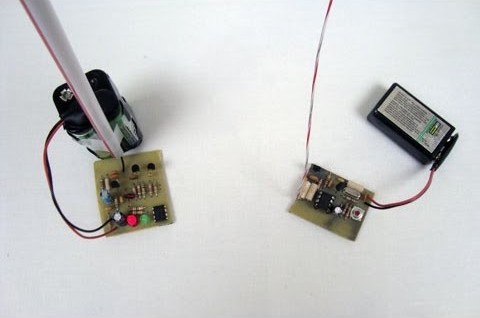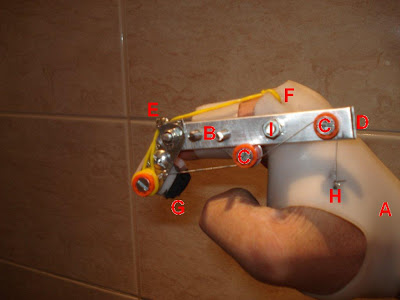
This robot is able walk the tightrope (translated). Well, it’s more of a shuffle than a walk, but still a lot better than we could do.
In the video after the break you can see the bot starting on the platform to the right. As it steps out onto the wire (which rides in a groove on the bottom of its foot) the robot spreads its arms to help maintain balance. When the other foot leaves the platform that is the last stride we will see until it reaches the other side. The rest of the act consists of sliding the feet a little bit at a time until it gets all the way across.
[Dr. Guero] has been working on at least one other balancer as well. Also embedded after the break is a robot riding a bicycle. It actually puts a foot down when stopped, and gives a stuttering push-off to get going again. This guy would be right at home riding past you in the hallways of the Death Star.




















